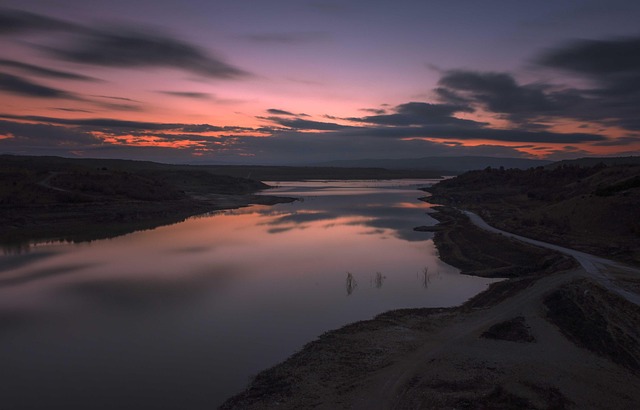Photography is not just about capturing moments; it’s about conveying emotions and telling stories through the lens of your camera. Every element in photography plays a significant role in shaping the final image, and one of the often-overlooked components is the ND filter. Understanding the nuances of an ND filter can elevate your photography game and open up a world of creative opportunities.
So, what exactly is an ND filter? Short for Neutral Density filter, this essential piece of camera optics works to reduce the amount of light entering your lens without altering the color of the scene. Think of it as a pair of sunglasses for your camera. This simple yet powerful tool allows photographers to control exposure and achieve stunning effects that are simply unattainable with standard settings.
Imagine a breathtaking landscape with a flowing waterfall. In bright daylight, capturing the silky, smooth texture of the water can be challenging due to the high light conditions. However, by using an ND filter, you can slow down your shutter speed without overexposing the image. This allows you to produce that dreamy long-exposure effect, where time seems to stand still, and the scene becomes a living piece of art.
ND filters come in various strengths, categorized by their density, and each one opens doors to different creative possibilities. For example, a 3-stop ND filter allows you to reduce light by eight times, giving you the ability to shoot wide open at f/1.8 in bright conditions. This means you can achieve a shallow depth of field, beautifully blurring the background while keeping your subject in sharp focus.
Another exciting aspect of ND filters is their capability to enhance color saturation and reduce glare. By controlling reflections, an ND filter can result in more vibrant skies and incredibly rich landscapes, enhancing the overall mood of your photography. This is particularly useful when shooting in harsh sunlight, where colors can appear washed out.
In the realm of videography, ND filters are invaluable. They allow you to shoot at the optimal frame rate without sacrificing exposure. By keeping your shutter speed consistent with the rule of thumb (double the frame rate), you ensure that your footage has a natural motion blur, adding to the cinematic quality of your videos.
Integrating an ND filter into your photography or videography workflow empowers you to dive deeper into the layers of creativity. It transforms the way you perceive your surroundings, urging you to look for compositions that highlight movement, play with light, and explore the interplay of elements within the frame.
As you begin to master the art of photography, consider the potential of an ND filter in your toolkit. It’s not only a vital accessory for controlling exposure but also a gateway to creating stunning visuals that speak to the heart of your audience. Whether you’re an aspiring photographer or a seasoned pro, the power of ND filters can significantly enhance your artistic expression, leading you to capture moments that resonate on every level.



